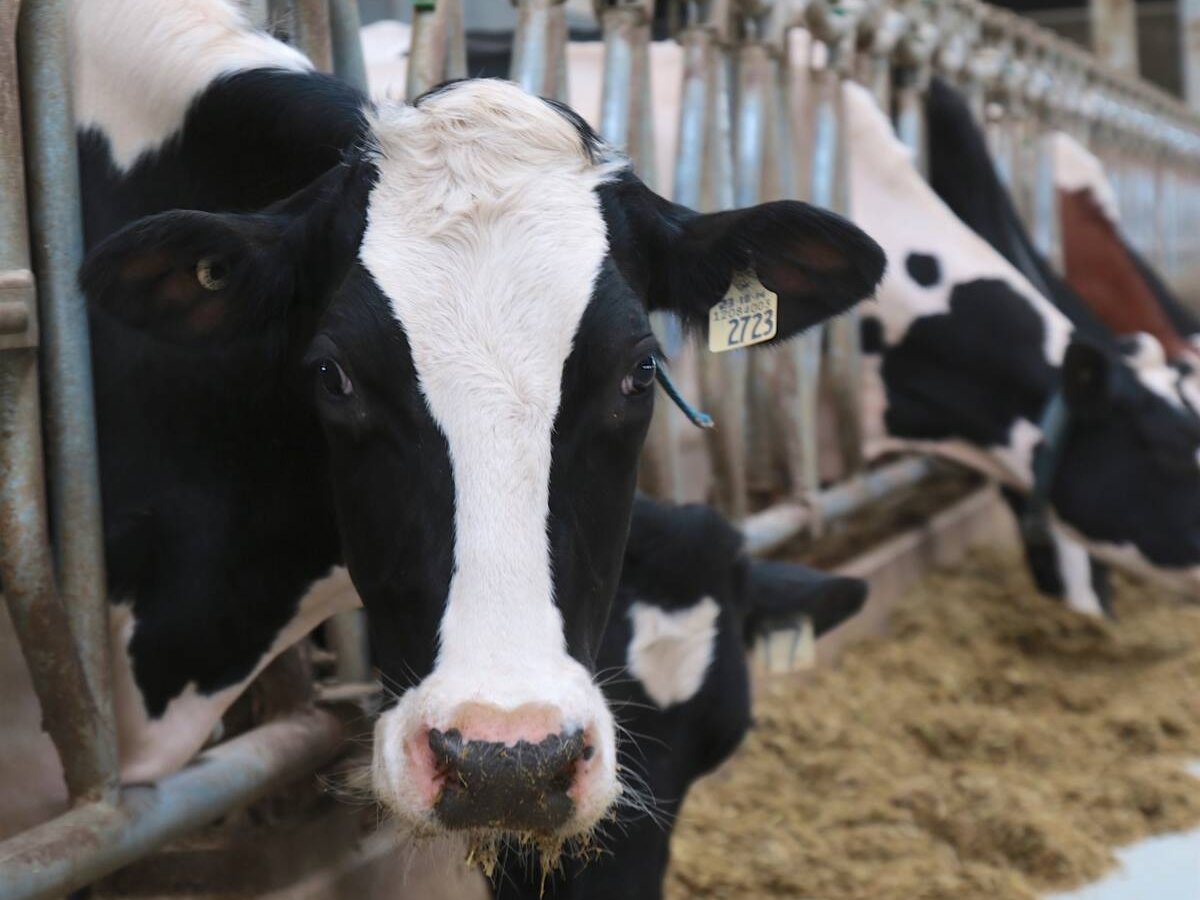The time may be ripe for a mandatory price reporting in Alberta.
The Alberta Beef Producers annual meeting in Calgary Dec. 4, passed a resolution recommending mandatory price reporting on all cattle slaughtered provincially.
“The logic of going to mandatory price reporting is that we are missing a few pieces of information in Canada as far as all the trades that happen,” said cattle feeder Leighton Kolk of Iron Springs.
Those supporting the motion do not expect improved prices, but they want accurate, timely trade information to make better business decisions.
Read Also

The Organization for Economic Co-operation and Development lauds Canada’s low farm subsidies, criticizes supply management
The Organization for Economic Co-operation and Development lauded Canada’s low farm subsidies, criticized supply management in its global survey of farm support programs.
If Alberta requires price reporting on all marketing agreements, other provinces may follow.
Right now voluntary market information flows to Canfax but there are concerns about the gaps.
Agricultural economist Ted Schroeder of Kansas State University has studied marketing in Canada and the United States and praised Canfax’s performance as a trusted source of information. But he questioned whether it represents sufficient trade information if, for example, the bulk of the fed steer price quote only comes from two packers.
There are other advantages to implementing price reporting. If a domestic cattle insurance program goes through, producers need a broader array of information.
“We have been working on disaster insurance and at the end of the day they all need a solid background of information,” said Stuart Thiessen, who feeds cattle near Strathmore.
“If you want to trade Canadian base futures, you need a sound price determinant model,” Thiessen said.
The U.S. has legislated mandatory price reporting. All information is submitted to the U.S. Department of Agriculture but it is does not provide real time price reports like Canfax does.
“In the U.S. when we introduced mandatory price reporting we actually lost some of these things,” said Schroeder.
Mandatory reporting does not provide more money to the producers as some had hoped when the program was implemented.
Many believed there were sweetheart deals between packers and large feedlots, said Schroeder. That proved not to be the case once data appeared.
Still, the system has beefed up information accuracy because it tracks all transactions.
“There were weeks where the traditional cash price quotes from USDA were representing perilously thin amounts of cattle trade,” said Schroeder.
The U.S. system is not perfect and can lead to information overload.
“We didn’t design it very well. We have got tons and tons of data but nearly as much information,” said Schroeder.
The system will need to deal with confidentiality issues as well as how export cattle prices are revealed.
“If you decide to go that route, spend some time designing a system that fits your needs well,” he said.















